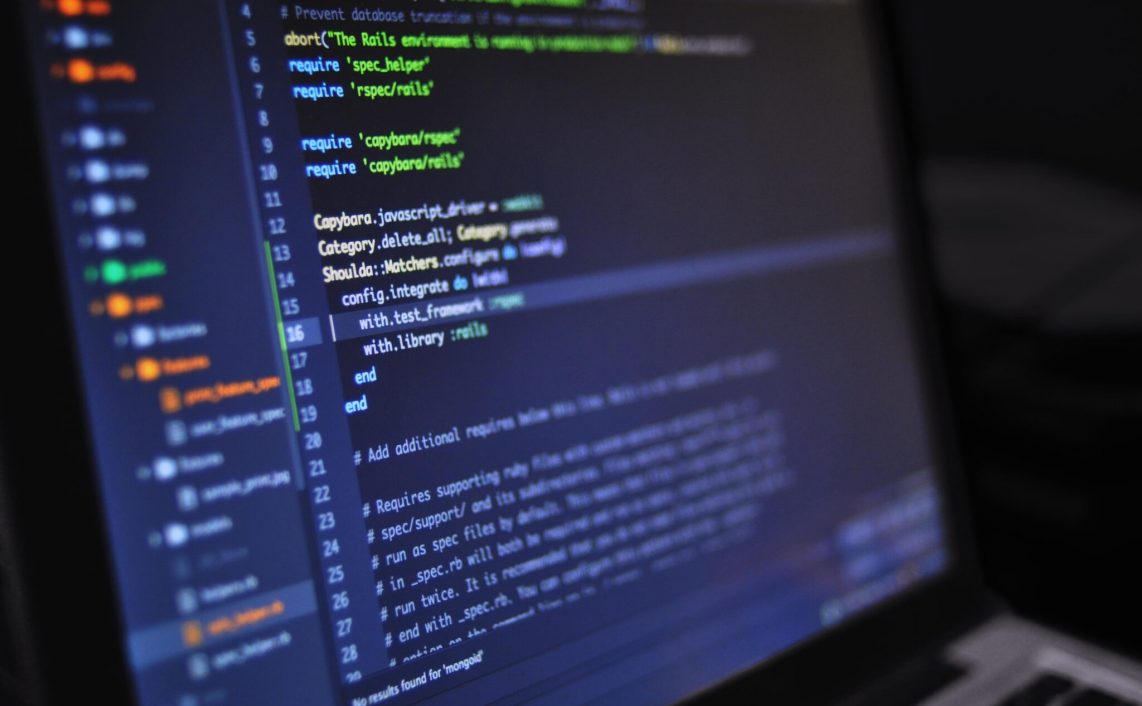
Technology is a wonderful thing. It enables the public to do so much, but at the same time, it allows so much to be taken for granted. About seven-eight years ago there was a strong movement for lifestreaming and data portability. I took the lifestreaming concept a bit further and added in the ability for long-term storage, I dubbed this term Life Caching. The ability to back up and maintain the personal data that you create.
While we could have come a long way, the idea of this has gone by the wayside. Everyone has given up and placed all their data on Facebook. It is the belief that you will always have access to Facebook and then you will always have access to your data. We have seen businesses like this rise and fall. We have known people that have lost access to their Facebook accounts from being hacked or just being banned.
In both of those scenarios, all the data is lost. Currently, those long insightful comments you make on a friend’s post are not even backed up in your data archive. There is no possible way to retrieve that. It still drives me crazy that there are words, pictures, and videos that I created that I do not have access to. At a certain point since it isn’t a concern to anyone else – you have to have acceptance. I could protest on Facebook, but my number is so low – that it’s non-existent. It isn’t a third-party problem since Facebook doesn’t allow that type of access via its APIs.
So what can we do?
The first part is of course care about your data. What is important to you and what do you want to disappear? I used to have a public lifestream on my site. It allowed within 15 minutes to see what I was doing anywhere on the web. Whether it was Twitter, Flickr, or what music I was listening to – it streamed on my site in real-time. This was a lifestream.
While this temporal data was neat, it didn’t allow you to do much with it. There was a time I would take these feeds and put them onto different sites for redundancy. At some point between then and today it became more important to preserve it myself than display it for the world. I’ll let everyone else do the run around to whatever degree they want to know about me. As part of this cleanup, there are quite a fewer google hits for my name or nickname. I did this to make sure I was aware of what everyone is seeing.
I revisit this strategy yearly. I get rid of extra Tumblr blogs and Twitter handles. I do Google searches to see what comes up and mostly to track down old accounts I was using. There are enough still out there that I can tackle more next year, or possibly for online spring cleaning. I have so many online accounts it is more about discovering and verifying data.
This year I went spent a few days and whipped my Linkedin profile into shape. I also managed to leverage my contacts and get over the magical 500+ connections mark in Linkedin. To give a background on that – Linkedin will list how many connections you have to everyone that views your profile until you reach 500. At that point, all they can see is 500+ for the connection number. It was a goal that I wanted to accomplish and I did.
I also went through a branded all my profile avatars and cover photos properly. Essentially I was branding myself by being consistent across platforms. This allows me to see where I have updated and I’ll know by looking at it that the last time it was updated was in 2015. I also have separate “branding” for work profiles and personal ones. Consistency is key if you want to know when the last time you edited something was.
Why is this all important in Life Caching? Learn where your data is and what data is there. If you don’t know the answer to either of those questions, you don’t control any of your data. The second reason is how can you reuse the data you have already created to make your day-to-day life easier. Once you have control points for your data, you can figure out how to store and repurpose it.
Two examples of this progress through profiles have been relevant to me in the last 72 hours. The first was I had to create an updated work biography of major projects I have worked on. It took me only a few minutes since I had them all recorded on my LinkedIn profile which was recently updated. The second instance is Tumblr. I was cleaning up extra Tumblr blogs and found one with writing that hadn’t been saved back to my regular blog. This was done four years ago and if I hadn’t checked it might have been lost for good. Were these posts meaningful or important? They were not. Still, they are artifacts of myself, so they are important to me.
For the last few years, I have been using IFTTT. This is a service that automates processes across the web. Whenever I generate data online – it puts each data type (Facebook Status, Tweet, Songs Played, etc.) into a separate text file. It also marks when it was shared on my Calendar and sends a copy to email. My rules list is pushing over 100 entries, so that is a simplified explanation. I can go back and data-mine all of it.
I don’t like services that I can’t get all my data out of, so I treat Facebook as a presentation platform. The only original content I can’t get out is my comments – but we take what we can. However, any status updates I post or picture you tag me – are all automatically downloaded and logged. It makes the best of a bad situation and I still retain most of my data. It may only be a couple of times a year – but I still keyword search through all of those files. It’s like email (which I’m up to 12 years’ worth saved) you never know when that data will come in handy.
This all leads us to 2015. The buzz of lifestreaming is gone. The off-shoot of data portability has lost its gleam. Most people are not interested in any of this anymore. They trust the few services they use, and don’t care about their data (at least not directly until it’s gone). While I can find the occasional article on how to do X, Y, or Z – the movement that included multiple web services and large geek discussions has gone underground.
I’m alone and maybe you will find some instructions if this interests you on how to save some of your data. This is why I posted the picture archiving post last week. Would more of these types of posts interest you? Do you have questions about saving and using your own data? What can I do to help? Feel free to leave a comment on here or Facebook if you are interested.







